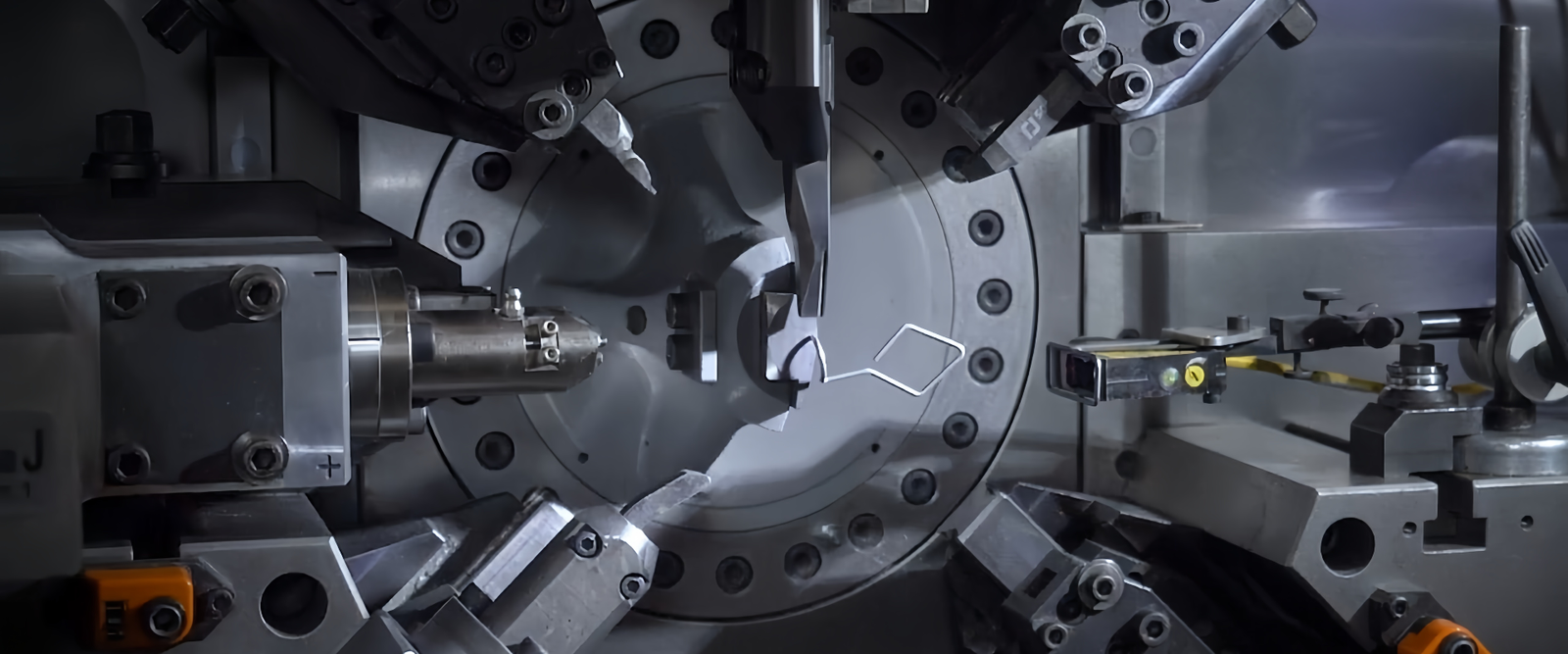When it comes to spring design, achieving cost-effectiveness without compromising quality is crucial. Whether you’re designing springs for industrial machinery, automotive applications, or consumer goods, controlling costs can significantly impact your bottom line. In this article, we’ll explore five expert tips to help you design springs cost-effectively while maintaining performance and durability.
Before diving into cost-saving tips, it’s crucial to understand the fundamentals of spring design. Springs are mechanical devices that store and release energy. They come in various types, including compression, tension, torsion, and more. Each type serves a different purpose, and understanding these differences is key to designing the right spring for your application.
- Compression Springs: These springs compress under load and return to their original shape when the load is removed. They are commonly used in applications like shock absorbers and ballpoint pens.
- Extension Springs: These springs extend when a load is applied and contract when the load is removed. They are often found in garage doors and trampolines.
- Torsion Springs: These springs work by twisting, storing rotational energy. They are used in applications such as clothespins and mousetraps.
Understanding these basic types will help you choose the right spring for your needs, setting the foundation for cost-effective design.
Tip 1: Material Selection
Choosing the right material is one of the most critical factors in cost-effective spring design. The material affects the spring’s performance, durability, and cost. Common spring materials include stainless steel, high-carbon steel, and alloy steel.
Material Considerations
- Stainless Steel: Known for its corrosion resistance, stainless steel is ideal for springs exposed to moisture or harsh environments. While it may be more expensive upfront, its longevity can reduce replacement costs over time.
- High-Carbon Steel: This material offers excellent strength and durability at a lower cost. It’s suitable for applications where corrosion resistance is not a primary concern.
- Alloy Steel: Alloy steel provides a balance between strength and cost. It’s a versatile choice for various applications.
By selecting the appropriate material for your specific application, you can optimize performance while minimizing costs.
Tip 2: Optimize Spring Dimensions
The dimensions of a spring, including its diameter, length, and coil count, play a significant role in its cost. To design cost-effective springs, it’s essential to optimize these dimensions.
- Reduce Wire Diameter: Using a thinner wire can reduce material costs. However, ensure that the wire diameter is sufficient to handle the required load without sacrificing performance.
- Adjust Coil Count: The number of coils affects the spring’s elasticity and load-bearing capacity. Reducing the coil count can save material, but it may also impact the spring’s performance.
- Modify Free Length: Shortening the free length of a spring can reduce material usage and cost. Ensure that the spring’s performance is not compromised by this adjustment.
By carefully optimizing these dimensions, you can achieve a balance between cost and performance.
Tip 3: Simplify Manufacturing Processes
The manufacturing process for springs can significantly impact their cost. Simplifying these processes can lead to substantial savings.
Manufacturing Simplification Techniques
- Standardize Designs: Using standard spring designs and sizes can reduce manufacturing complexity and costs. It also allows for bulk production, which can lead to economies of scale.
- Minimize Customization: Custom springs often require specialized tooling and processes, increasing production costs. Consider using off-the-shelf solutions when possible.
- Automate Production: Investing in automated manufacturing processes can reduce labor costs and improve consistency in spring production.
By streamlining manufacturing processes, you can reduce costs while maintaining quality.
Tip 4: Conduct Thorough Testing
Testing is a crucial step in spring design to ensure that the final product meets performance requirements. Thorough testing can prevent costly design errors and reduce the need for rework.
Testing Best Practices
- Load Testing: Verify that the spring can handle the expected loads without deformation or failure.
- Fatigue Testing: Assess the spring’s durability by subjecting it to repeated cycles of loading and unloading.
- Environmental Testing: Test the spring’s performance under different environmental conditions, such as temperature and humidity.
By conducting comprehensive testing, you can identify potential issues early in the design process and avoid costly redesigns later.
Tip 5: Collaborate with Experts
Designing cost-effective springs requires expertise and experience. Collaborating with spring design specialists can provide valuable insights and guidance.
Expert Collaboration Benefits
- Access to Knowledge: Spring design experts have in-depth knowledge of materials, manufacturing processes, and testing methods. They can help you make informed decisions.
- Problem Solving: When faced with design challenges, experts can offer creative solutions and alternatives that you may not have considered.
- Cost-Effective Solutions: By working with specialists, you can identify cost-saving opportunities without compromising quality.
Collaboration with experts ensures that your spring design is both efficient and cost-effective.
Conclusion
Designing a cost-effective spring requires balancing performance, durability, and cost. By understanding the basics of spring design, selecting the right material, optimizing dimensions, streamlining manufacturing processes, conducting thorough testing, and working with experts, you can achieve a cost-effective solution that meets your needs.
Implement these expert tips in your spring design process to reduce costs and enhance the quality of your products. With careful planning and execution, you can create springs that deliver exceptional performance without breaking the bank.
.png)



